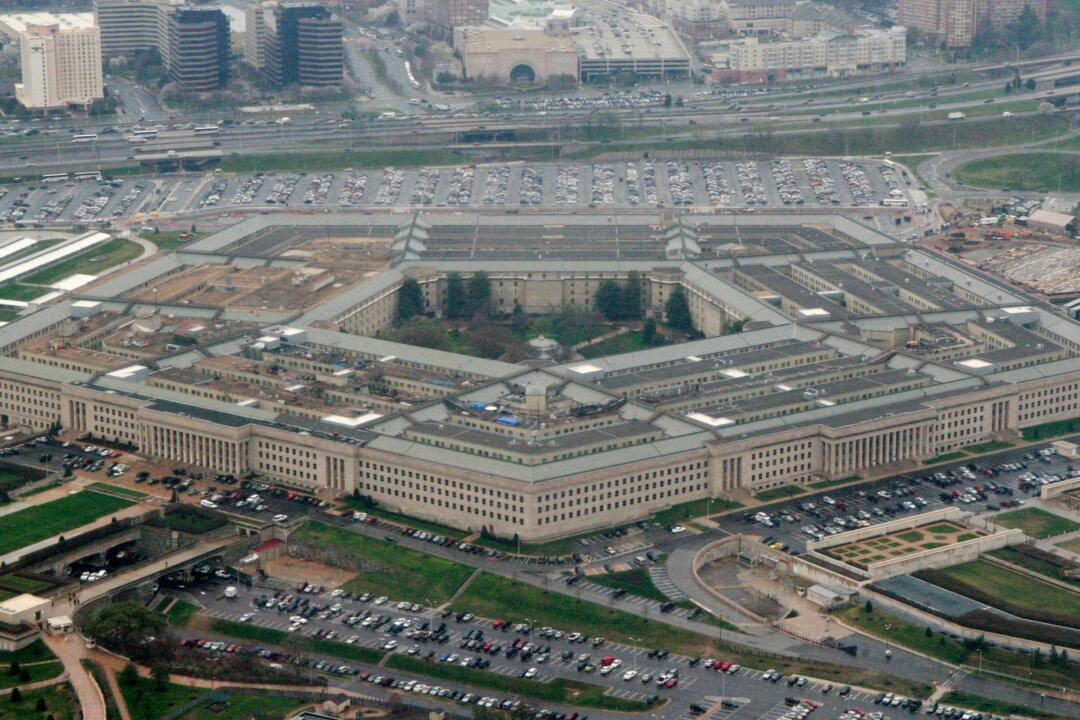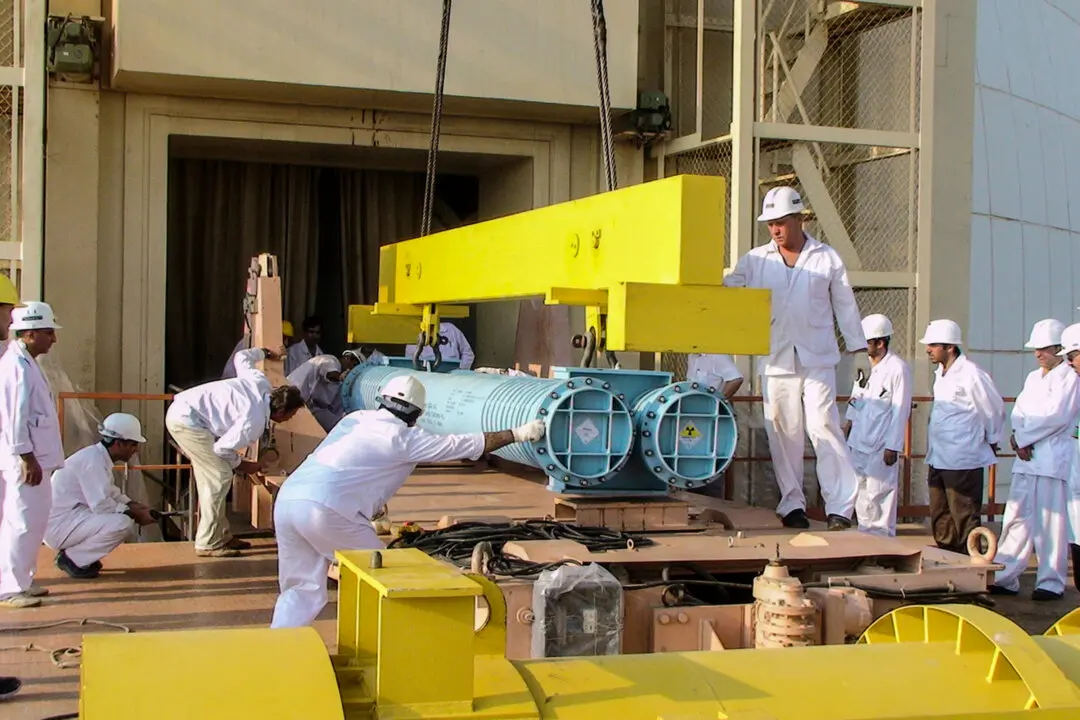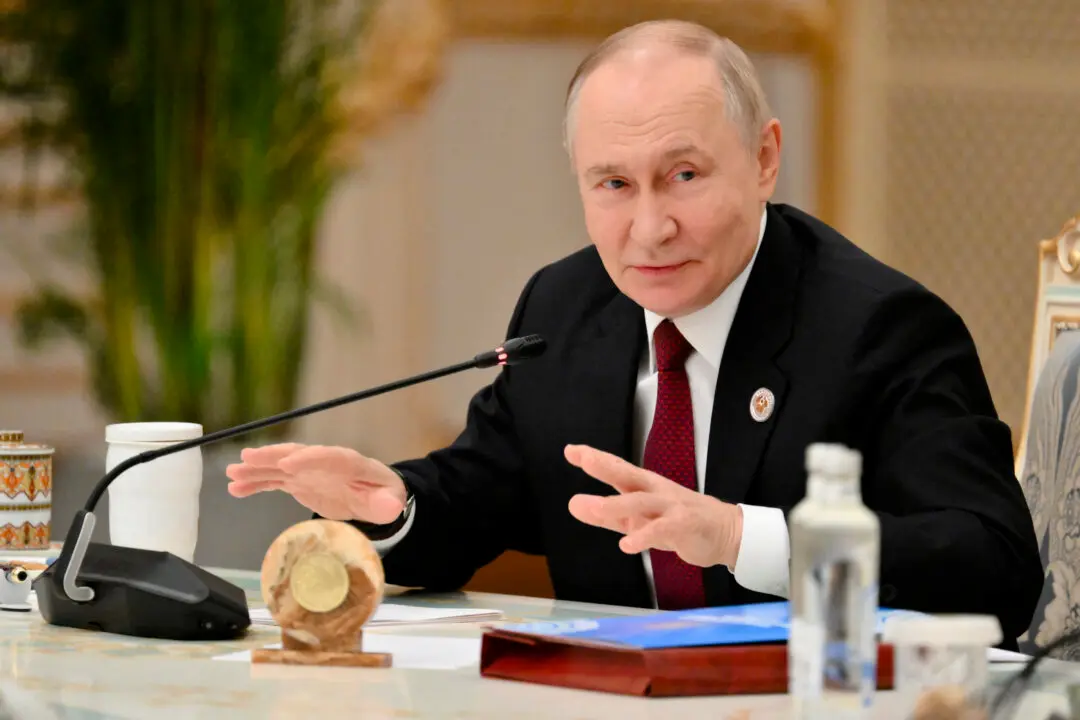The United States has reached the Trump administration’s goal to reduce American troops in Iraq and Afghanistan to 2,500 each, according to Pentagon chief Chris Miller on Friday.
“The drawdown of U.S. force levels in Iraq is reflective of the increased capabilities of the Iraqi Security Forces,” Miller said in a statement on the Department of Defense’s website about the drawdown in Iraq. “We have long anticipated that the force level required to support Iraq’s fight against ISIS would decrease as Iraq’s capability to manage the threat from ISIS improves. Our ability to reduce force levels is evidence of real progress.”





